 Duggar Senate Campaign
Duggar Senate Campaign
Entry Type: Group
 Duggar Senate Campaign
Duggar Senate Campaign
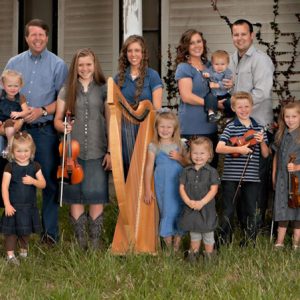 Duggar Family
Duggar Family
Duggar Family
aka: 19 and Counting [Television Show]
aka: Counting On [Television Show]
 Dumbarton Oaks Energy Conference
Dumbarton Oaks Energy Conference
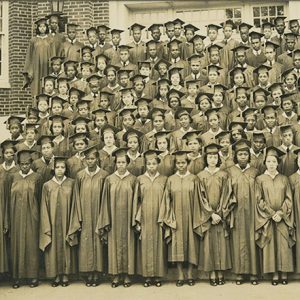 Dunbar High Class of 1939
Dunbar High Class of 1939
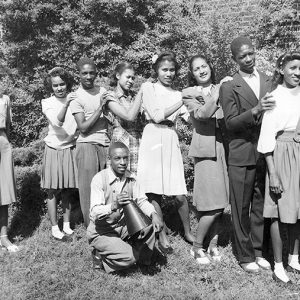 Dunbar High Pep Squad
Dunbar High Pep Squad
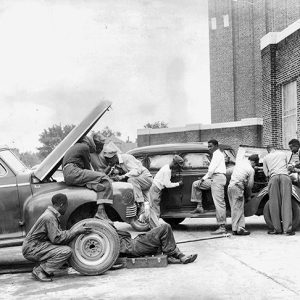 Dunbar High School Auto Mechanics Class
Dunbar High School Auto Mechanics Class
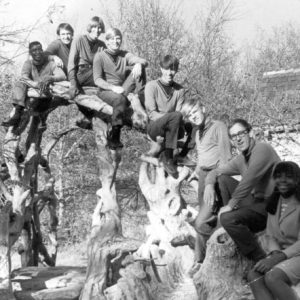 The Dutch Masters
The Dutch Masters
 Eagle Rangers
Eagle Rangers
 General Ira C. Eaker
General Ira C. Eaker
Economics Arkansas
aka: Arkansas Council on Economic Education (ACEE)
Ecumenical Catholic Communion (ECC)
Eighteenth Arkansas Infantry (CS)
Eighth Arkansas Infantry (CS)
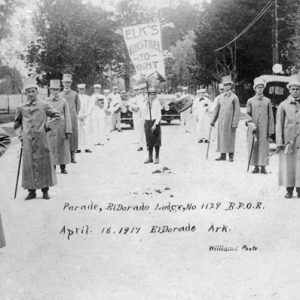 El Dorado Elks Parade
El Dorado Elks Parade
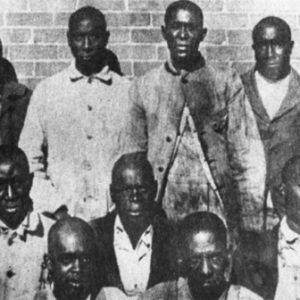 Elaine Massacre Defendants
Elaine Massacre Defendants
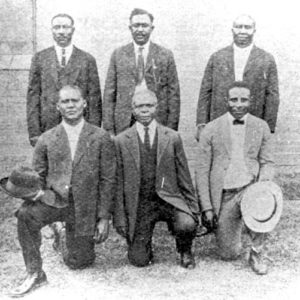 Elaine Massacre Defendants
Elaine Massacre Defendants
 Elaine Massacre Prisoners
Elaine Massacre Prisoners
 Elaine Nurses
Elaine Nurses
Eleventh Arkansas Infantry (CS)
Eleventh Regiment, United States Colored Troops (US)
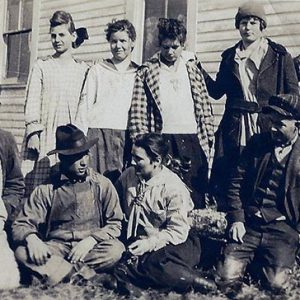 Elmo School
Elmo School
Elna M. Smith Foundation
aka: Five Sacred Projects
aka: Sacred Projects
Elton and Betty White
aka: Elton White
aka: Betty White
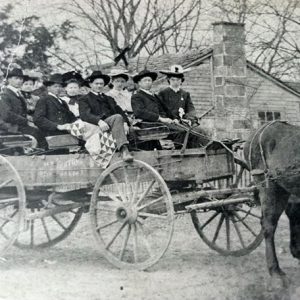 Engles Descendants
Engles Descendants
Episcopalians
Evanescence
 Evanescence
Evanescence
 Evanescence Signing
Evanescence Signing
Faith Voices Arkansas
aka: Arkansas Interfaith Alliance
 Tav Falco
Tav Falco
Family, The [Political Dynasty]
Famous and Historic Tree Program
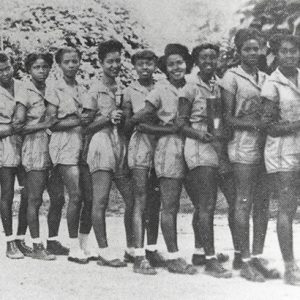 Fargo Basketball Team
Fargo Basketball Team
 Fargo Football Team
Fargo Football Team
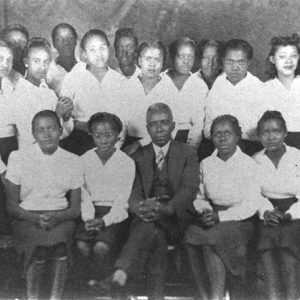 Fargo Girls Chorus
Fargo Girls Chorus
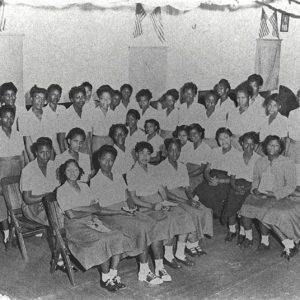 Fargo School Girls
Fargo School Girls
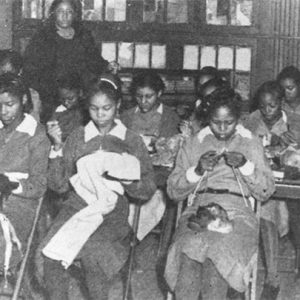 Fargo Sewing Class
Fargo Sewing Class
 Farkleberry Follies
Farkleberry Follies
 Farkleberry Follies
Farkleberry Follies
Farm Resettlement Projects
aka: Resettlement Administration
aka: Farm Security Administration
Faulkner County Historical Society (FCHS)
 Fayetteville Angels
Fayetteville Angels




